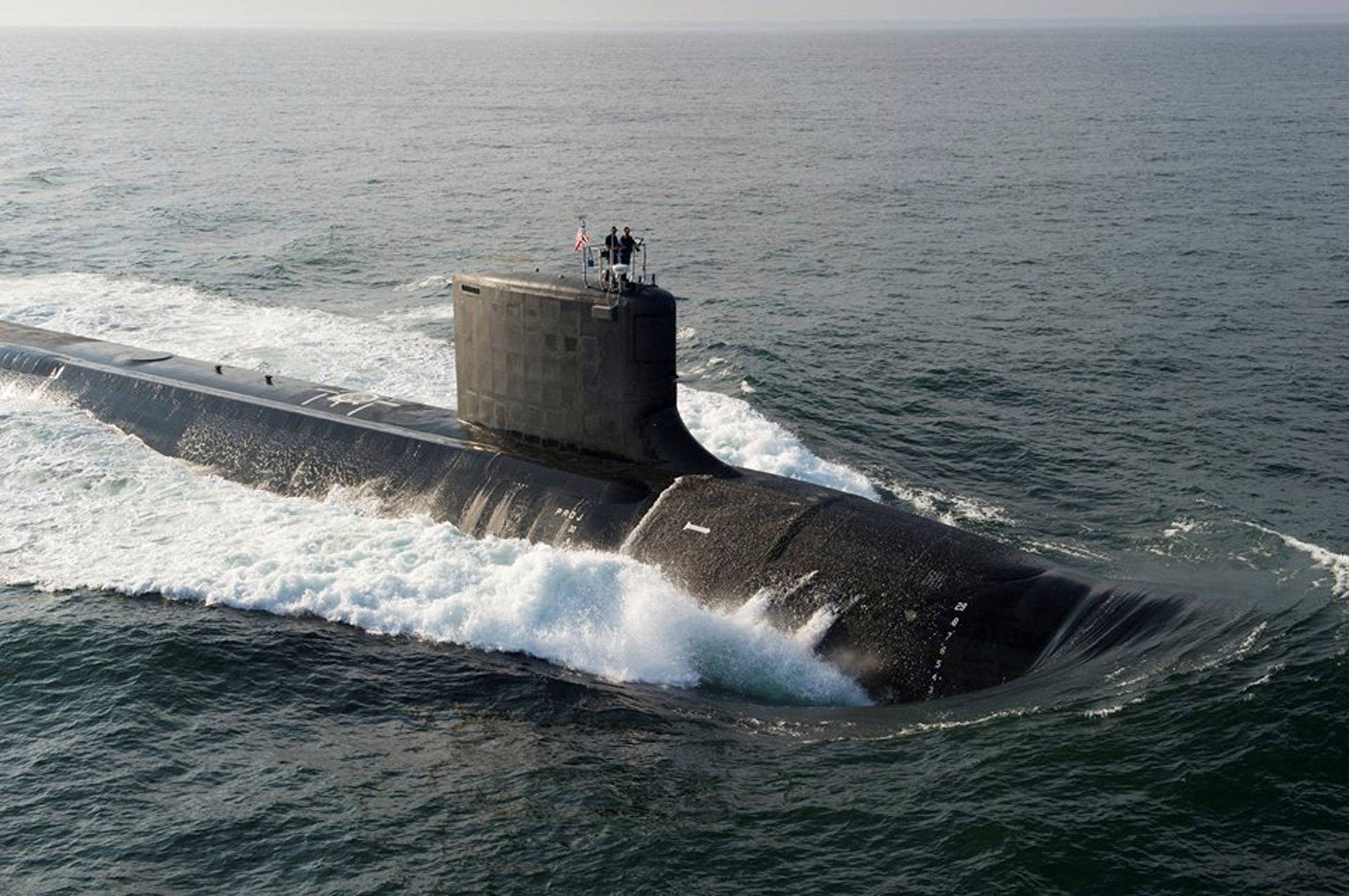After the recent Oceangate Submersible tragedy, we take a look on all the submersible and Submarine related incidents that have happened since year 2000.
2000
Kursk Explosion
In August 2000, the Russian submarine Kursk sank in the Barents Sea due to a torpedo warhead detonation caused by a leak of high-test peroxide. The explosion killed most of the crew, despite international rescue efforts. The Russian Navy faced criticism for their delayed acceptance of help.
2001
Ehime Maru and USS Greeneville Collision
In February 2001, the USS Greeneville collided with the Japanese ship Ehime Maru, resulting in the deaths of nine individuals. Poor sonar sweeps, ineffective periscope search, and distractions from civilian guests were cited as causes. Immediate assistance was not provided, and survivors had to rely on life rafts.
2002
In May 2002, the USS Dolphin experienced severe flooding and fires off the coast of San Diego. The crew abandoned the vessel, but no serious injuries occurred. The submarine was towed for repairs.
Another incident involved the USS Oklahoma City colliding with a tanker, causing damage to the periscope and sail area. No injuries or fuel leaks occurred. Commander Richard Voter was relieved of command, and three crew members were disciplined.
HMS Trafalgar ran aground, causing hull damage and injuring three sailors. Tracing paper obscured important data, and the officer in charge failed to track the submarine properly. Commanders Robert Fancy and Ian McGhie faced a court-martial.
2003
HMAS Dechaineux Flooding
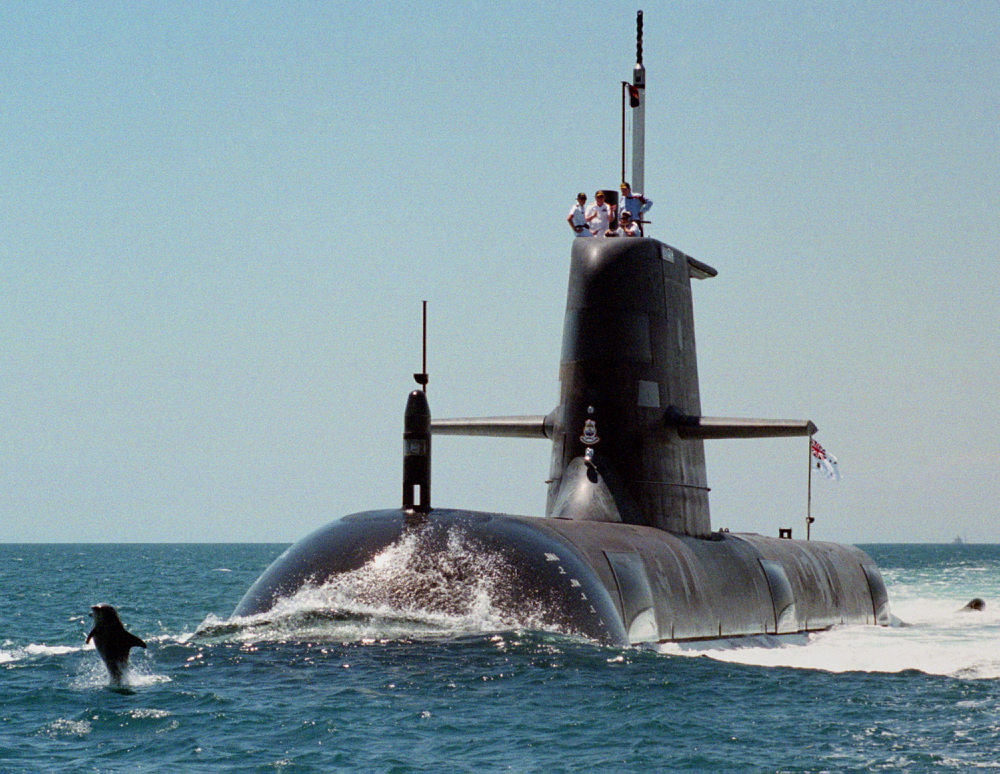
In February 2003, HMAS Dechaineux, a Collins-class submarine of the Royal Australian Navy, experienced a potentially catastrophic event. While operating near her maximum safe diving depth off the coast of Western Australia, a burst seawater pipe flooded the lower engine room. Quick action prevented further flooding that could have prevented the submarine from resurfacing. The incident led to a reduction in the maximum safe depth for Collins-class submarines.
Ming 361 Accident
In May 2003, a tragic accident occurred aboard the Ming-class submarine 361 in China. Due to a mechanical malfunction, the entire crew of 70 people lost their lives. The submarine had surfaced to replenish oxygen, but a surge in seawater and the closure of the vent caused suffocation. The incident resulted in dismissals of high-ranking naval officials.
K-159 Sinking
In August 2003, the decommissioned Russian submarine K-159 sank in the Barents Sea while being towed for scrapping. Tragically, nine of the ten skeleton crew members lost their lives in the sinking.
USS Hartford Grounding
In October 2003, the American Los Angeles-class submarine USS Hartford ran aground in the harbor of La Maddalena, Sardinia. The grounding caused significant damage, amounting to approximately nine million dollars.
2004
HMCS Chicoutimi Fire
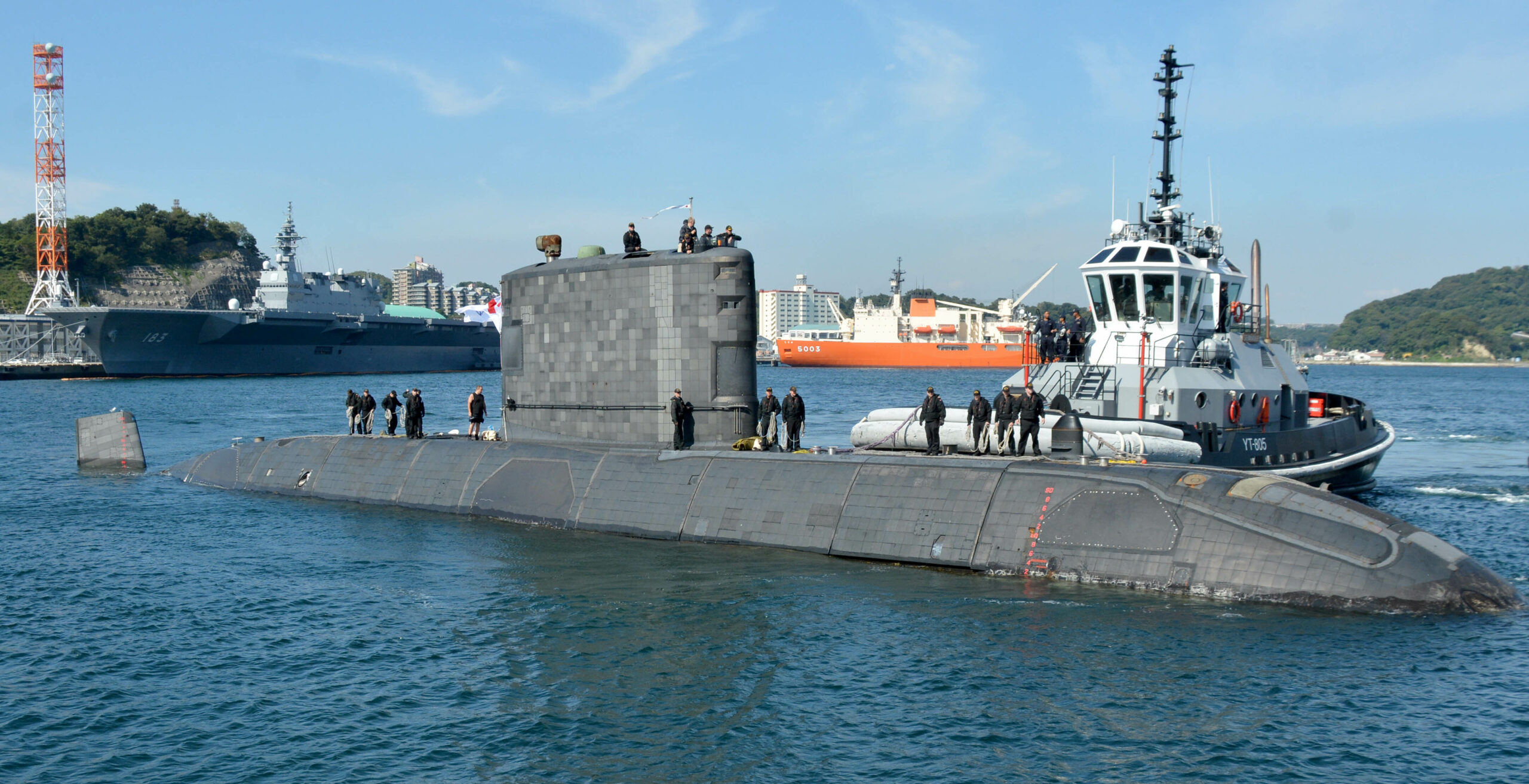
In October 2004, the Canadian submarine HMCS Chicoutimi experienced two fires shortly after leaving Faslane harbor. Tragically, one officer lost his life. Investigations revealed that poor insulation of power cables led to the fires, caused by electrical arcing due to seawater penetration.
2005
USS San Francisco Collision with Undersea Terrain
In January 2005, the Los Angeles-class submarine USS San Francisco collided with an undersea seamount while underway and submerged. The collision resulted in the death of one sailor and injuries to 97 others. The severity of the collision caused significant damage to the submarine, nearly sinking it. The captain was relieved of his command due to inadequate voyage planning.
AS-28 Emergency
In August 2005, the Russian Priz-class deep-submergence rescue vehicle AS-28 became entangled in a fishing net or underwater cables off the coast of the Kamchatka Peninsula. The submarine was trapped at a depth of 190 meters with a depleting air supply. With the assistance of a Royal Navy team, the submarine was freed, and all seven crew members were rescued safely.
USS Philadelphia Collision with MV Yasa Aysen
In September 2005, the USS Philadelphia collided with the Turkish merchant ship MV Yasa Aysen in the Persian Gulf. Fortunately, no injuries were reported, and the damage to both vessels was superficial. The commanding officer of the submarine was relieved of his command following the collision.
2006
Daniil Moskovsky Fire

In September 2006, the Russian Victor III-class submarine Daniil Moskovsky experienced a fire that resulted in the deaths of two crewmen. The fire, caused by an electrical issue, was extinguished without damage to the reactor. The submarine was towed to a base for repairs.
USS Minneapolis-Saint Paul Incident
In December 2006, four crew members of USS Minneapolis-Saint Paul were washed overboard by heavy waves in Plymouth Sound, England, resulting in the deaths of two sailors. The incident was deemed avoidable, and the commanding officer received disciplinary action.
2007
USS Newport News Collision with Japanese Tanker Mogamigawa
In January 2007, USS Newport News collided with the Japanese tanker Mogamigawa while transiting submerged in the Straits of Hormuz. The submarine was part of Carrier Strike Group 8, dispatched to support operations in Somalia.
HMS Tireless Explosion
In March 2007, two crew members of the Royal Navy’s HMS Tireless were killed in an explosion caused by air-purification equipment. The submarine had to emergency surface through pack ice in the Arctic Ocean. The accident did not affect the ship’s nuclear reactor and resulted in superficial damage.
2008
HMS Superb Collision with Underwater Rock
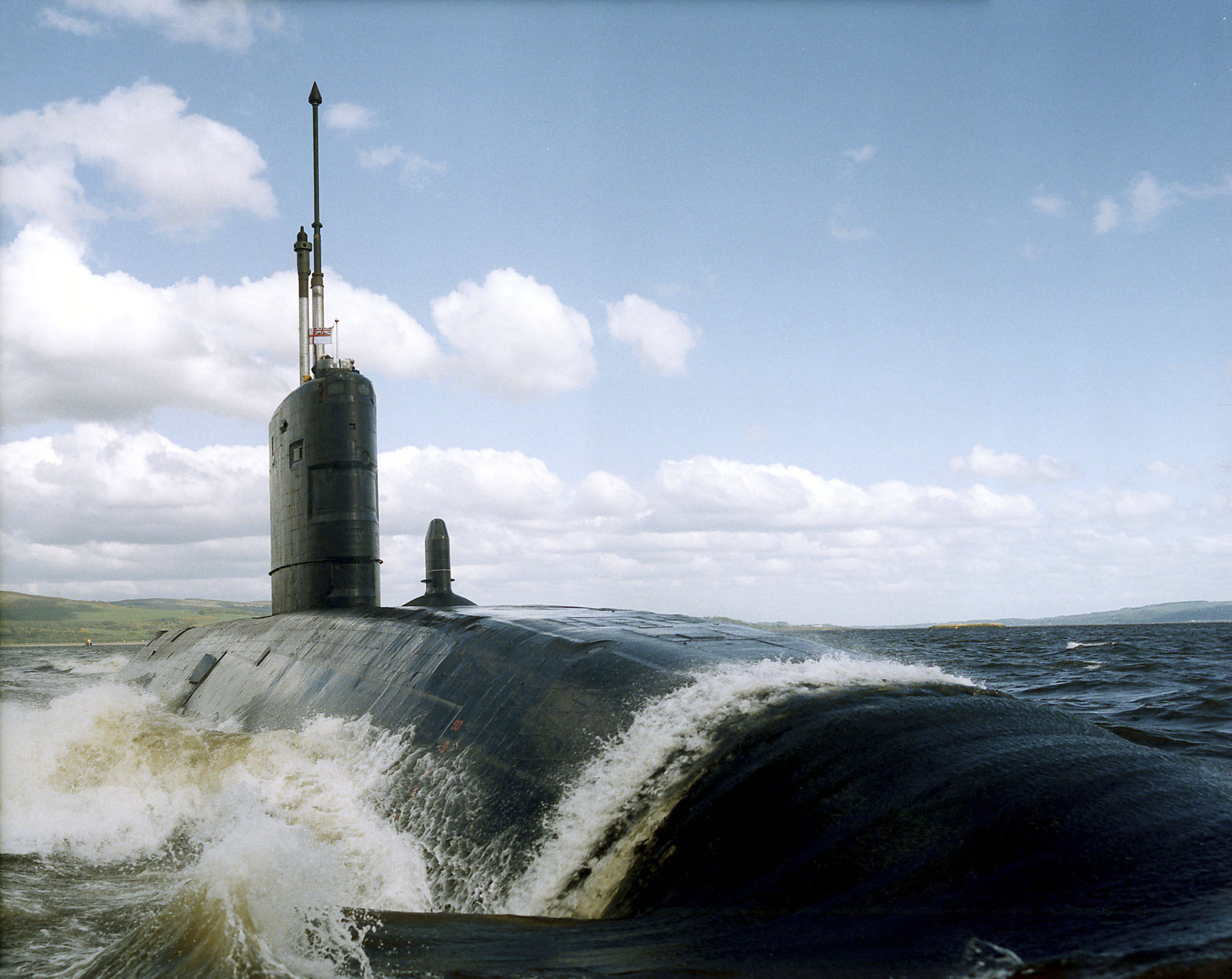
In May 2008, HMS Superb, a Royal Navy Swiftsure-class submarine, hit an underwater rock pinnacle in the northern Red Sea. The collision caused damage to the submarine’s sonar equipment and led to its earlier decommissioning.
Russian K-152 Nerpa Gas Leak
In November 2008, a gas leak on board the Russian nuclear submarine K-152 Nerpa resulted in the death of at least 20 men due to asphyxiation. The incident occurred during trials in the Sea of Japan. The submarine was later leased to the Indian Navy and commissioned as INS Chakra.
2009
HMS Vanguard and Triomphant Collision
In February 2009, the Royal Navy’s HMS Vanguard and the French Navy’s Triomphant, both nuclear submarines, collided in the Atlantic Ocean. Fortunately, no injuries or radiation leaks were reported.
USS Hartford and USS New Orleans Collision
In March 2009, USS Hartford collided with USS New Orleans in the Strait of Hormuz. The details and consequences of the collision were not provided in the reference article.
2010
HMS Astute Grounding
In October 2010, HMS Astute ran aground on a sandbank off the coast of the Isle of Skye in Scotland. The commanding officer, Andy Coles, was relieved of his post due to a series of errors that led to the incident. Disciplinary action was taken against two other unnamed officers.
2011
HMCS Corner Brook Grounding

In June 2011, HMCS Corner Brook ran aground in Nootka Sound off the coast of Vancouver Island while conducting the Submarine Officer Training Course. Two crew members sustained minor injuries, and the submarine returned to CFB Esquimalt without further incident. Lieutenant-Commander Paul Sutherland, responsible for safe navigation, was relieved of his command following a board of inquiry.
2012
USS Miami Arson
During a scheduled maintenance overhaul in May 2012, USS Miami suffered extensive damage from a fire. The fire was determined to be a deliberate act by a civilian shipyard worker seeking time off from work. The Navy decided to decommission and scrap it due to the cost of repairs. The worker, Casey Fury, received a 17-year jail sentence.
USS Montpelier Collision with USS San Jacinto
In October 2012, USS Montpelier and USS San Jacinto collided off the coast of northeastern Florida during an exercise. The collision occurred while the submarine was submerged at periscope depth. There were no injuries reported, but the sonar dome aboard San Jacinto experienced complete depressurization. The investigation revealed human error, poor teamwork, and failure to follow procedures as the principal causes of the collision.
2013
INS Sindhurakshak Explosion and Sinking
In August 2013, INS Sindhurakshak, an Indian Navy submarine, sank following explosions and a fire while berthed at Mumbai. The fire and subsequent ordnance blasts resulted it’s sinking with only a portion visible above the water surface. The salvage operation recovered 18 bodies. An enquiry found the incident to be a result of violating Standard Operating Procedures during torpedo loading.
Russian K-150 Tomsk Fire
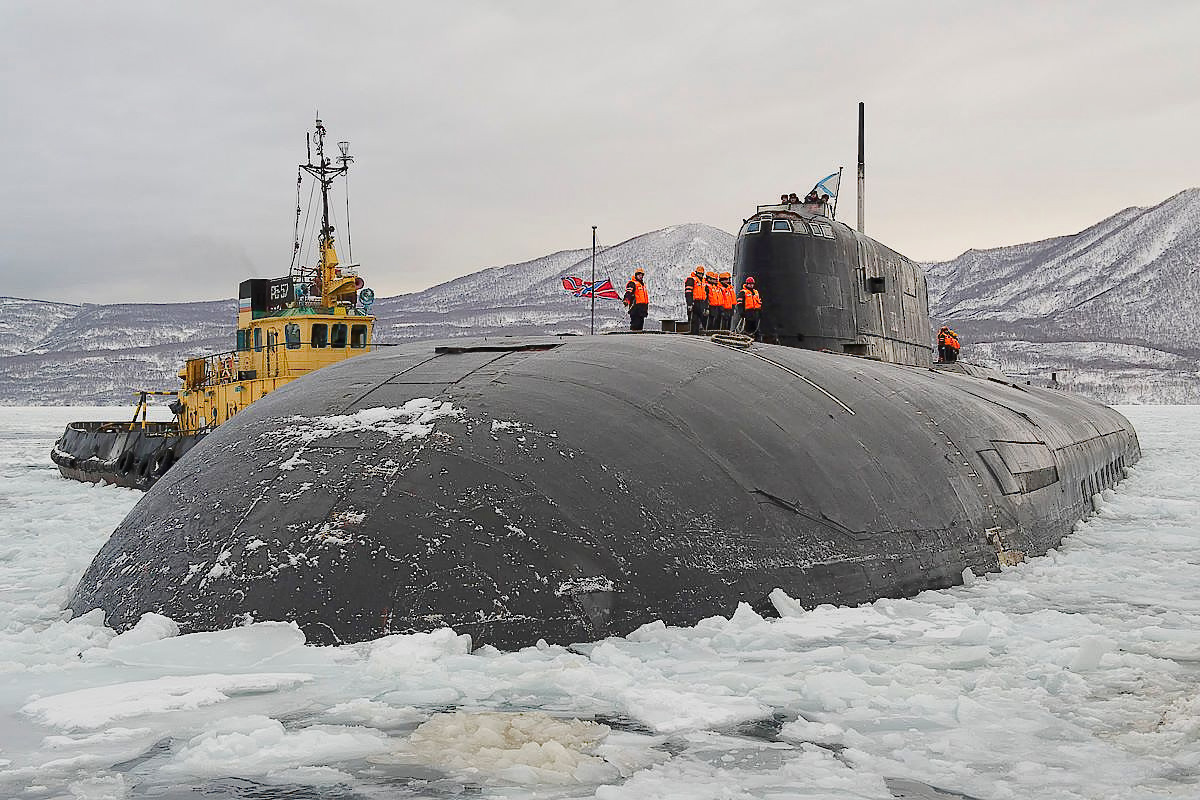
In September 2013, a fire broke out on the Russian Oscar-class submarine K-150 Tomsk during repairs at the Zvezda shipyard near Vladivostok. Fifteen seamen were hospitalized due to the fire, which was extinguished after five hours. Details about their condition were not provided.
USS Jacksonville Collision
In January 2013, USS Jacksonville collided with a suspected fishing trawler in the Persian Gulf, resulting in a bent periscope. The commanding and executive officers of the ship were relieved of their positions following the incident.
2015
HMS Talent Collision
In early 2015, the Trafalgar-class submarine HMS Talent encountered a mishap when it entered Devonport Naval base in Plymouth. It sustained significant damage to its sail after striking ice.
2016
Sinking of Unknown North Korean Submarine
On 11 March 2016, reports emerged that a North Korean submarine had been lost at sea in the Sea of Japan. US officials, who had been observing the submarine, witnessed it coming to a stop before the North Korean navy began searching the area. This incident drew attention to North Korea’s submarine capabilities.
HMS Ambush Collision
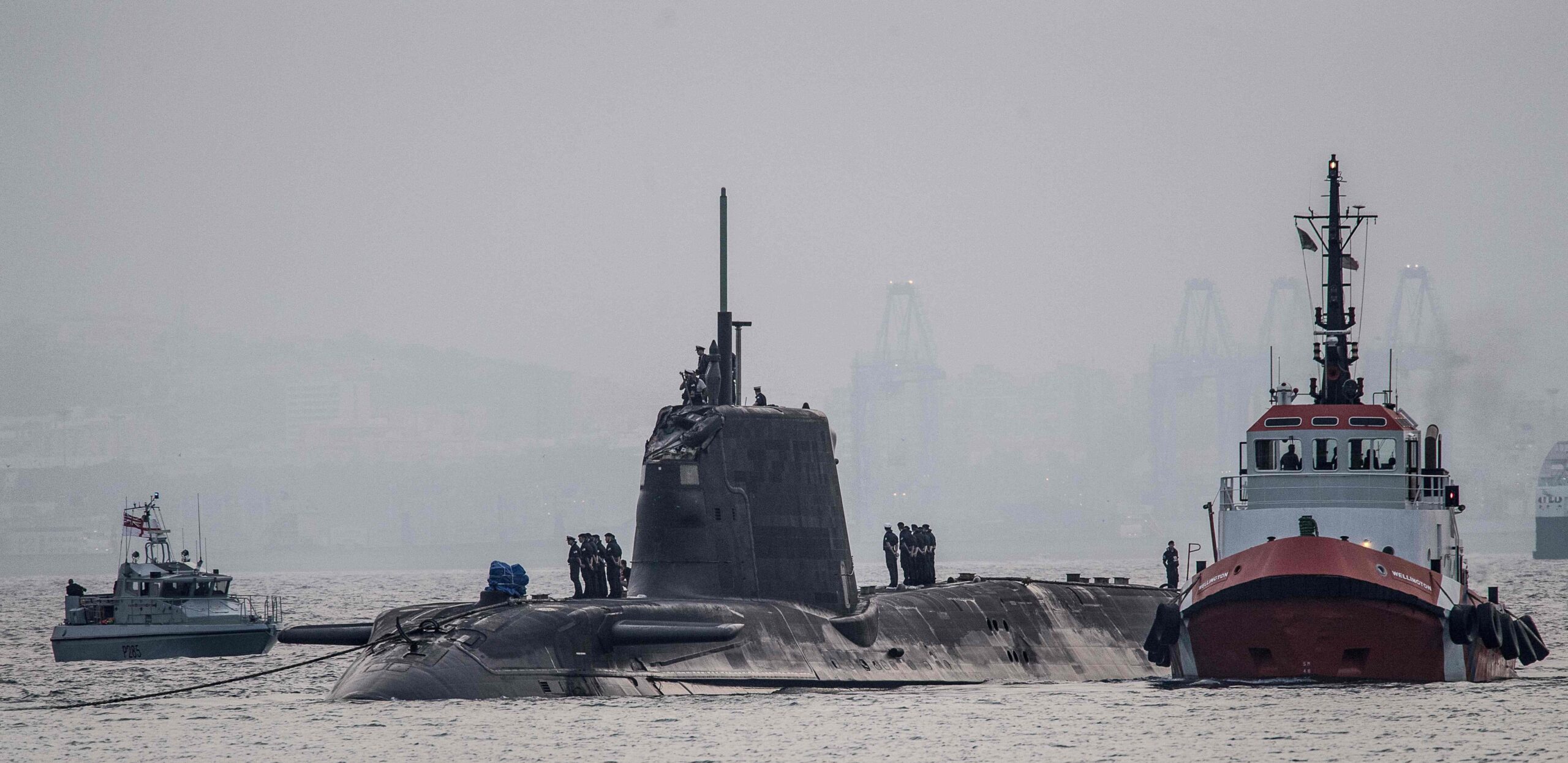
During a training exercise in the Strait of Gibraltar in July 2016, the Royal Navy’s HMS Ambush collided with a merchant ship while operating at periscope depth. It’s conning tower suffered significant damage, but there were no injuries reported among the crew. The incident emphasized the importance of maintaining safety protocols during naval operations.
2017
UC3 Nautilus Sinking
In August 2017, the privately-owned midget submarine UC3 Nautilus sank off the coast of Denmark. The submarine’s owner, Peter Madsen, allegedly scuttled the vessel to conceal evidence related to the murder of journalist Kim Wall. Madsen admitted to dismembering Wall during their submarine trip and was later convicted of her murder.
ARA San Juan
The Argentine Navy submarine ARA San Juan and its 44 crew members were reported missing in the San Jorge Gulf region in November 2017. Despite an extensive international search and rescue mission, the submarine was located a year later at a depth of 907 meters. Tragically, all crew members had perished in the submarine.
2019
Losharik Fire
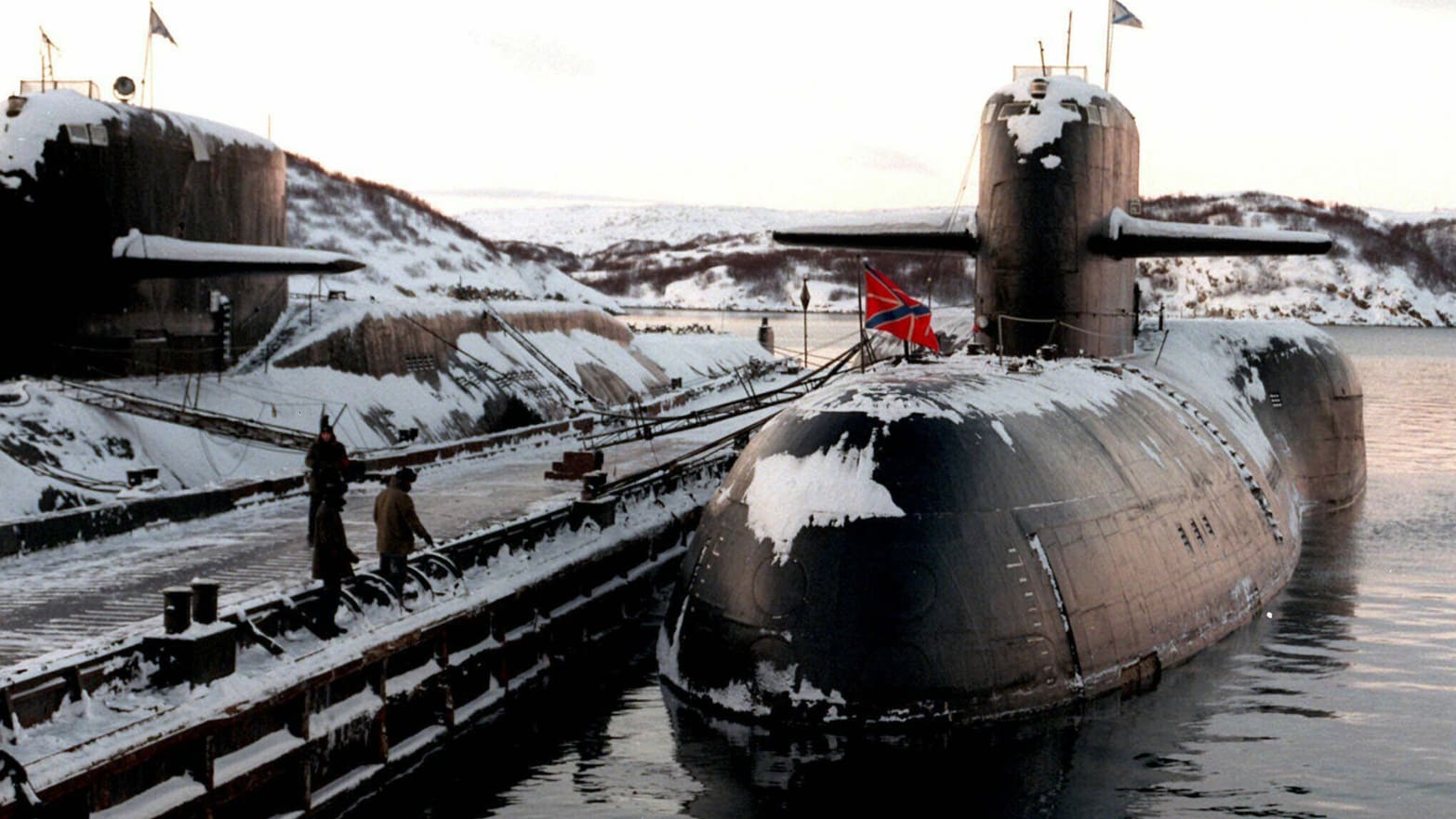
A fire broke out on the Russian deep-water research submarine Losharik in July 2019, resulting in the deaths of 14 sailors. The incident raised concerns about transparency as Russian officials were accused of withholding information. It was later revealed that the submarine had a nuclear reactor on board.
2020
Hoegh London Collision with South Korean Navy Submarine
In July 2020, the Norwegian merchant ship Hoegh London collided with a South Korean Navy’s Jang Bogo-class submarine near Gadeokdo island in Busan, South Korea. The collision highlighted the challenges of maritime navigation and the need for improved communication between vessels.
2021
KRI Nanggala (402) Sinking
The Indonesian Navy submarine KRI Nanggala went missing in April 2021 following a torpedo live fire exercise in the Bali Sea. The submarine was later found at a depth of 839 meters, broken into three parts. Unfortunately, all 53 crew members were confirmed lost. The incident underscored the risks involved in submarine operations.
USS Connecticut (SSN-22) Collision with Seamount
In October 2021, the USS Connecticut (SSN-22) suffered damage after colliding with a seamount while maneuvering in the South China Sea. Several sailors sustained injuries, though none were life-threatening. The commanding officer, executive officer, and chief of the boat were relieved of duty following an investigation.
2023
Titan Implosion
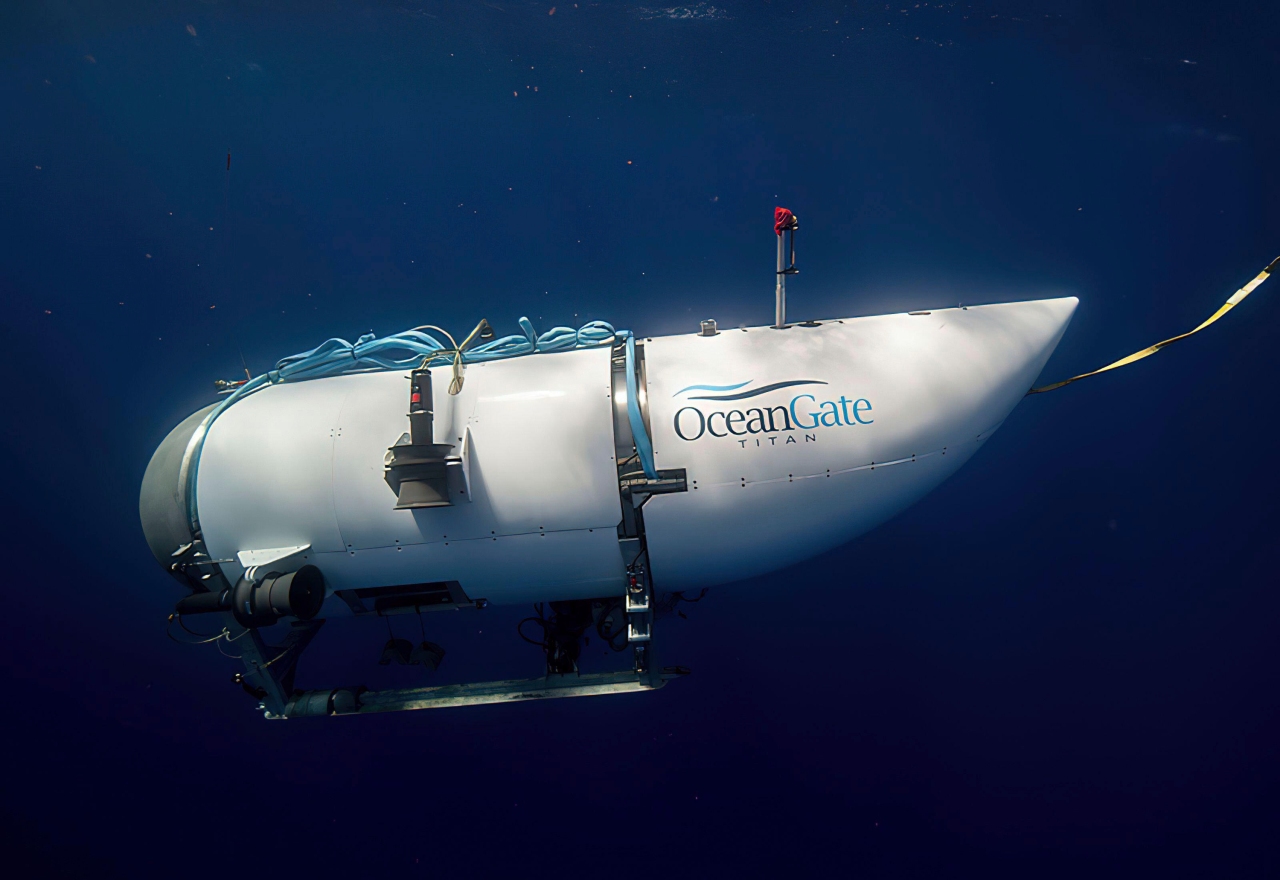
In June 2023, the private sub Titan, operated by OceanGate, disappeared while exploring the wreck of the Titanic in the North Atlantic Ocean. Communication was lost, and subsequent investigation revealed a debris field near the Titanic wreck, suggesting an implosion of the sub’s pressure chamber. All five individuals aboard Titan were presumed to have perished.


